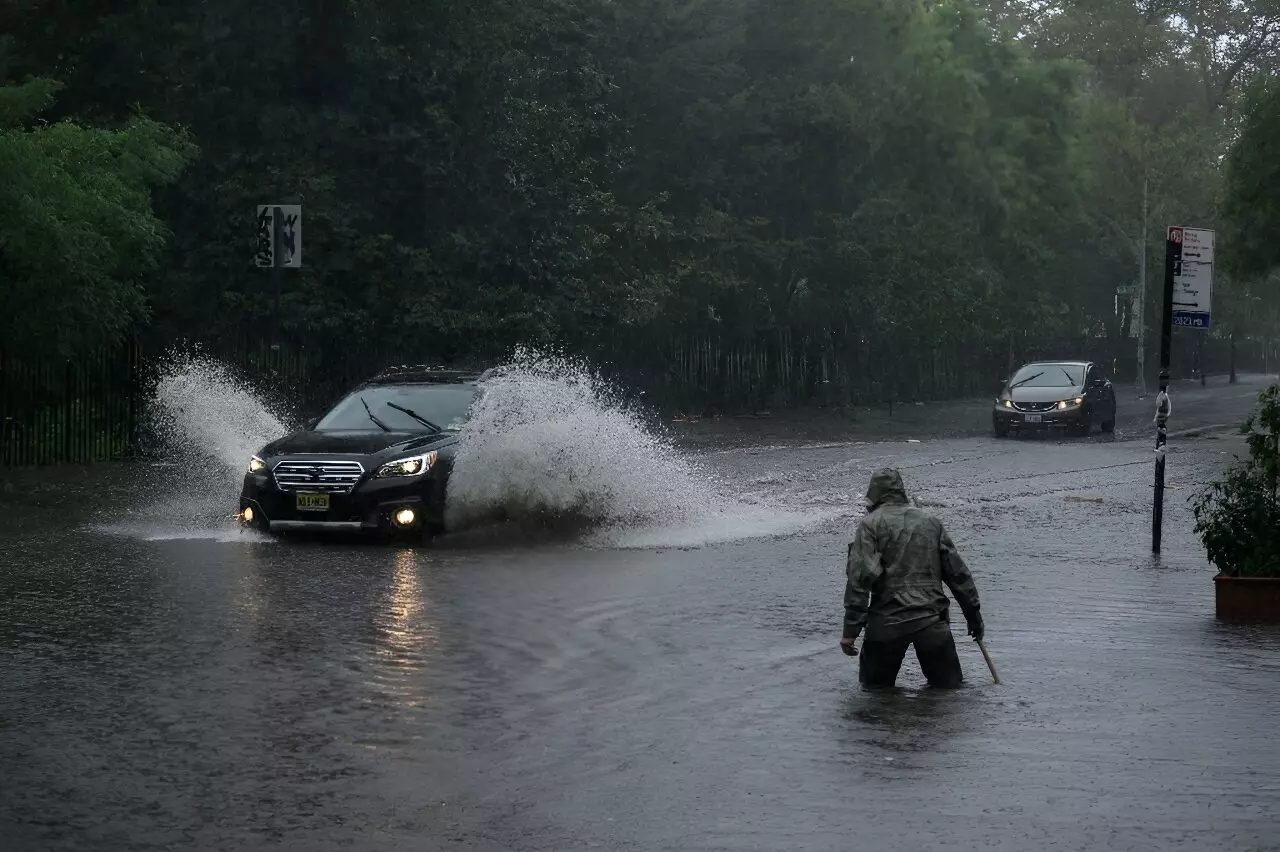As the world continues to grapple with the effects of climate change, there is a concerning trend emerging – humans are increasingly settling in areas highly exposed to dangerous flooding. A recent study led by a World Bank economist, Jun Rentschler, highlights the rapid growth of settlement in flood-prone zones, with China being a major contributor to this risky urban expansion. In an era where adaptation to climate change should be a priority, the study reveals that many countries are, in fact, amplifying their exposure to floods.
To gain a comprehensive understanding of this phenomenon, the study analyzed 30 years of satellite imagery, tracking the expansion of human settlement across the globe. Previous studies tended to focus on specific regions or types of flooding, but this research took a worldwide approach, considering coastal, rainfall, and river flooding risks. The findings are alarming – by 2015, 20 percent of all settlement areas were located in zones with medium or higher flood risks, compared to 17.9 percent three decades earlier.
While a 2.1 percent increase in flood-prone settlement may seem insignificant at first glance, the sheer scale of human expansion since 1985 makes it a cause for serious concern. According to Rentschler, approximately 76,400 square kilometers (29,500 square miles) of human settlement – an area 48 times the size of greater London – now faces flooding of more than half a meter. This expanding settlement in high-hazard areas locks in flood exposure, leading to significant future losses and the need for substantial flood-protection investments.
East Asia and the Pacific region are particularly exposed to this concerning trend, largely driven by urban expansion in China, Vietnam, and Bangladesh. In Vietnam, where almost one-third of the coastline is now built up, the authors note that the safest and most productive locations are increasingly occupied. Consequently, new developments are disproportionately forced onto hazardous land and previously avoided areas, such as riverbeds or floodplains.
The study acknowledges that factors like climate change, deforestation, and alterations to riverbeds have not been incorporated into the analysis. However, Rentschler argues that there is little evidence to suggest that flood zones are expanding at a rate comparable to the rapid settlement growth in known risk areas. The key issue, therefore, lies in settlement patterns that policymakers need to address urgently.
One critical aspect highlighted by the study is the disparity in flood protection systems between high-income and low-income countries. Although countries like the Netherlands have robust defenses, Rentschler points out that even the most affluent nations struggle to provide full protection against rare and intense flood scenarios. With climate change exacerbating the risk of devastating flooding, it is crucial for policymakers to acknowledge the need for immediate action.
Given the gravity of the situation, Rentschler emphasizes that understanding the settlement trend should be the first step in shifting urbanization policies. Countries need to halt the acceleration of flood exposure before focusing on risk reduction strategies. This calls for comprehensive planning, stricter regulations, and innovative approaches to urban development that consider the potential risks posed by climate change.
The rapid growth of settlement in flood-prone zones is a relevant issue that demands immediate attention. The study’s findings underscore the need for policymakers to prioritize the reduction of flood exposure and ensure sustainable urbanization practices, particularly since the effects of climate change are amplifying the frequency and intensity of flooding events. By addressing this issue head-on, countries can mitigate the impact of disasters and protect both the environment and human lives.



Leave a Reply